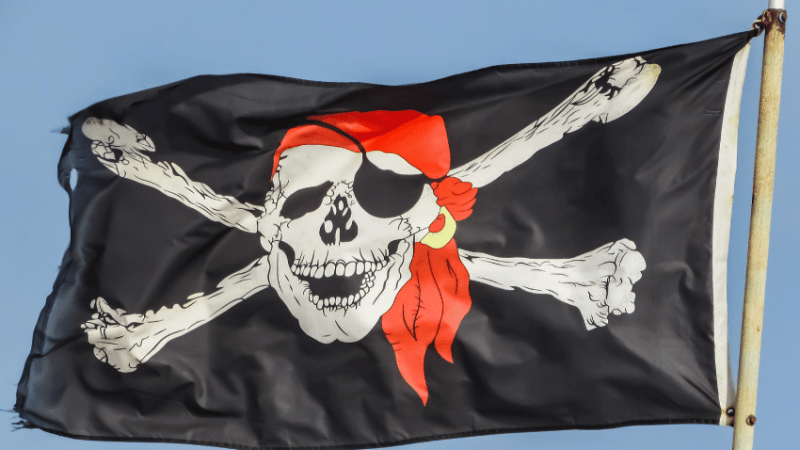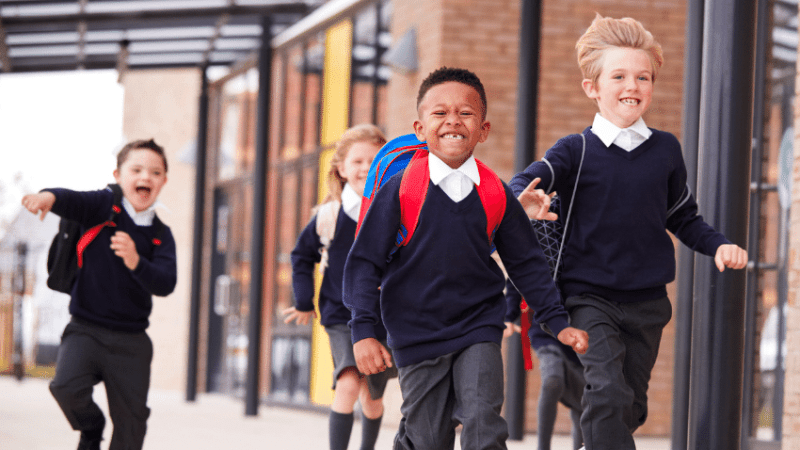13 open-ended weighing and measuring activities to boost mathematical learning in early years
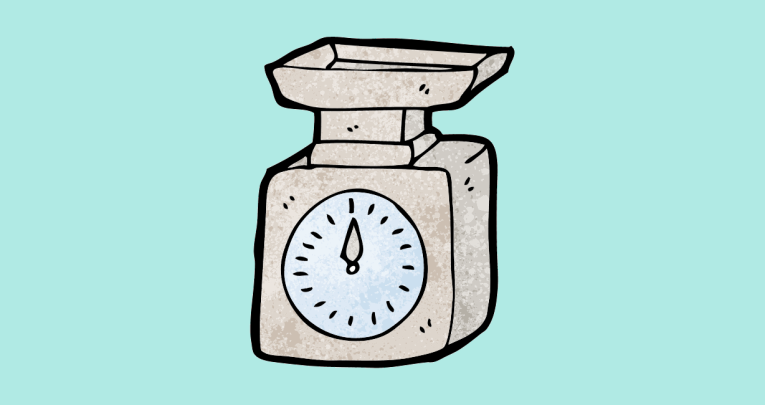
Kirstine Beeley provides some measuring magic to try in your setting…
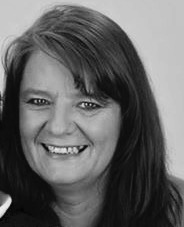
- by Kirstine Beeley
- Early years training consultant with 20 years of experience Visit website
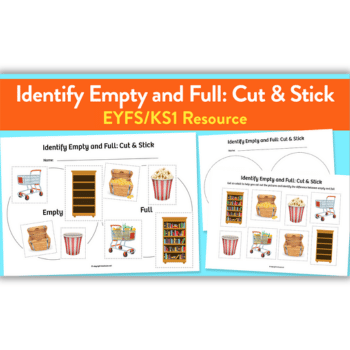
Digging mud, playing in sand, messing around with coloured spaghetti – these are all familiar and fun activities for young children.
But they also offer a number of opportunities for weighing and measuring that can help develop children’s mathematical learning.
Here are some you can try.
Weigh it up
1 | Sandy socks
Adding socks to your sand play provides lots of opportunities to build on and develop mathematical language and understanding. Use different sizes, lengths, widths, patterns, etc, and include scoops and spoons so that children can fill them with sand. As the socks are filled up, they change in length and weight, inviting the use of vocabulary such as long, longer, longest, short, shorter, shortest, more and less. Children can also count the number of scoops and talk about the heaviest, or how to make socks heavier, etc.
2 | Can you dig it?
Introducing a digging pit to your outdoor area will not only encourage children to build their muscle strength (in back, shoulders and arms), but also allow them to experience first-hand what ‘heavy’ really feels like. Whether you create a mud pit or a gravel pit (ideally both!), be sure to provide big buckets and wheelbarrows children and encourage discussion about what is heavy, heavier, heaviest, and the meaning of one more and one less.
3 | Mud on the menu
An essential for any early years outdoor learning environment, a mud kitchen provides endless chances to develop children’s understanding of weight within their play. Try adding key accessories such as scales (the old Victorian balance scales you can find in charity shops are great!); fruit and veg for cooking and soup-making (one more potato, one less carrot, etc), together with heavy saucepans, light kettles filled with water and more. This will also provide plenty of opportunities to talk about and explore capacity – full, fuller, fullest, more/less, etc. More on this to your right!
I’m full!
4 | Rainbow rice
Making open-ended activities exciting and sensory encourages children to play and explore. Add rainbow-coloured rice to a builders tray, along with spoons, scoops, small buckets, pots and containers of all sizes to ignite their curiosity about capacity – children will naturally investigate concepts such as full/empty, more/less, etc, as well as size (small, smaller, smallest). Colour your rice in a zip-lock bag: add a blob of sanitising hand gel and a blob of food colouring gel; close and mix until coloured. Open the bag and leave over night to dry before use.
5 | Treasure to measure
Add inspiring and engaging accessories to your sand box and watch your children play with added mathematical potential! Use lots of ‘treasure’ from charity shops and car boots to encourage exploration of full, empty, nearly full, emptier, etc. Add containers made from brass, copper and plated metals to give a real treasure feel, and provide opportunities to compare containers according to their capacity when filled with sand. If the containers are displayed nicely, the opportunities to make comparisons becomes even more fun.
6 | Wonderful water
It’s easy to add inspiration to your water play – and as a consequence get children experiencing capacity first-hand on a daily basis. Look for opportunities to discuss and explore more, less, full, fuller, emptier, etc, as you play with different sized and shaped containers. Using a variety of clear containers and coloured water gives children a real sense of how much each holds. Use an over-bath rack to raise containers out of the water so children can explore how full or empty they really are. Adding funnels and clear tubing provides extra excitement and more opportunities for learning.
How long?
7 | Playdough worms
A staple of any early years setting, playdough offers amazing opportunities to develop the wrist, hand and arm muscles essential for pre-writing and independence skills, and the chance to explore ‘long’ and ‘short’ as part of sausage/worm-making within children’s play. Using lots of open-ended questions such as “I wonder if…” or “What do you think…?” helps to draw out children’s understanding and language of length, and gives them the chance to compare lengths of playdough. Add straws or matchsticks and the amount of discussion and play will expand, and there will be lots to count into the bargain.
8 | Coloured spaghetti
Colouring cooked spaghetti by washing it once cooked and sitting it in a bowl of coloured water for a few hours creates a bright, exciting and tactile opportunity for play and exploration, as well as a way to discuss the concept of length. Add scissors and children can really become engrossed in creating short, shorter and even shorter lengths of spaghetti! A great opportunity to compare two strands by their length: “Which is longest?”
9 | Super sticks
Stick play is key to outdoor learning. One of the first things most children will say when picking up a stick is “Mine is really long” or “Yours is bigger than mine.” This gives adults the chance to model correct length language (“long, not big”), and with lots of different sticks children are able to explore who has the longest or shortest. And “What about those in-between?” Laying sticks out on the floor gives children the chance to visually compare different lengths, and to talk about and explore shape and number.
Just my size
10 | Brilliant bottle tops
With open-ended resources, children can take their exploration in many different directions. A builders tray full of bottle and jar lids is a great way to develop different maths concepts. Children naturally sort according to colour and size, and begin to make towers with same sized lids, or find all the small white ones, etc. The key is to sit back and let the children explore first before you start to offer other language or open-ended questions. Just because you think an activity gives children the chance to sort or count according to colour or size doesn’t mean they will – be brave enough to see where the children take it!
11 | Rocks & stones
Rocks and stones are great for outdoor play. Whether it’s large, river-washed cobbles, small pebbles or tiny pea gravel, they provide opportunities for exploring size as part of ongoing outdoor exploration. If they are available to draw on, chalk on, wash or just move from one place to another they give children a chance to investigate big, bigger, biggest first-hand while developing their understanding of weight and number as well. Very rarely does early years maths exploration stand alone as only one concept.
12 | Wonderful wood blocks
From large slices of trunk used as stepping stones to small sections of branch ideal for building (or use as cakes and biscuits in the mud kitchen), pieces of tree will inspire lots of ‘size’ talk within children’s ongoing physical and imaginative play. They provide chances to see size differences on a big scale and a chance to link with weight and number, too. Add other natural loose parts, such as pine cones, shells and leaves, for more size, weight, length and counting exploration.
13 | Real-life learning
Early maths is most powerful when it is explored as part of ongoing play, allowing children the chance to apply their growing knowledge in real and engaging situations. Introducing mathematical concepts in this way helps children to build a lifelong understanding of why, for example, having measuring skills is an important maths in real life skill. Planning open-ended, exciting activities will allow children the chance to explore maths concepts alongside other areas of their learning and to see maths as a vital life skill, rather than an isolated process.
Tip
Collect jewels, beads, shells, pinecones, sticks, fabric, wooden shapes, etc, and allow children to create their own ‘transient art’ – a great way of exploring shape, colour, sorting, pattern and size.
Kirstine Beeley is an author, preschool manager and educational consultant working with settings and LAs across the UK – visit pinterest.com/kirstinebeeley. Browse more Early Years activities.








